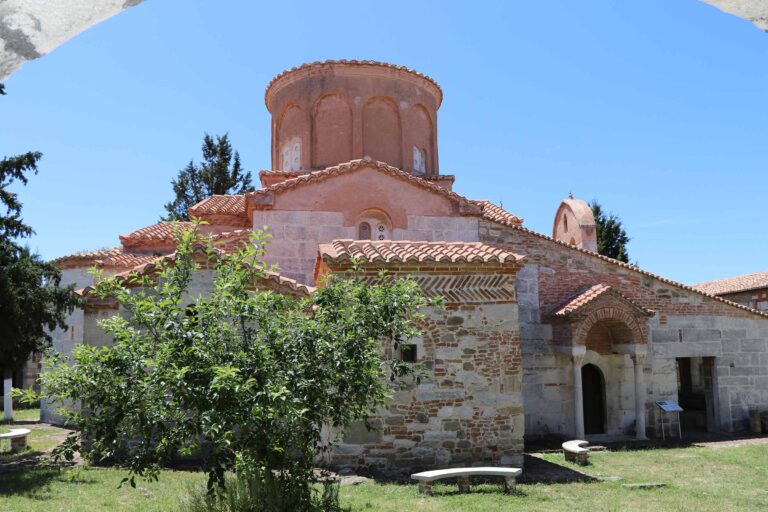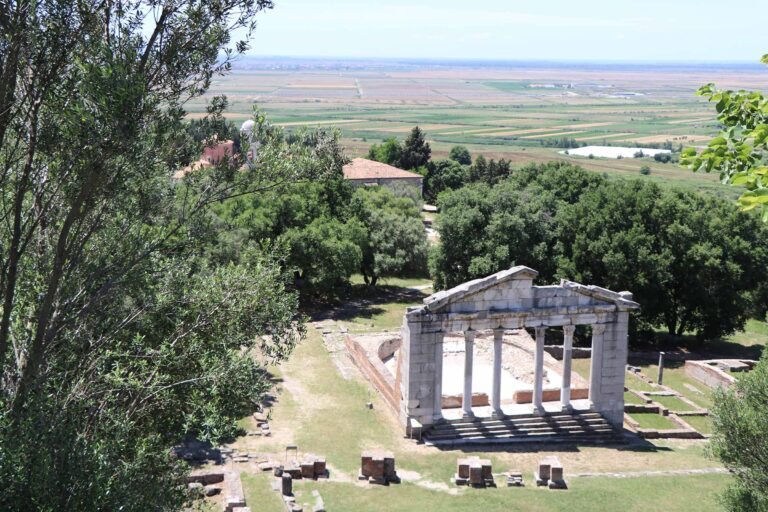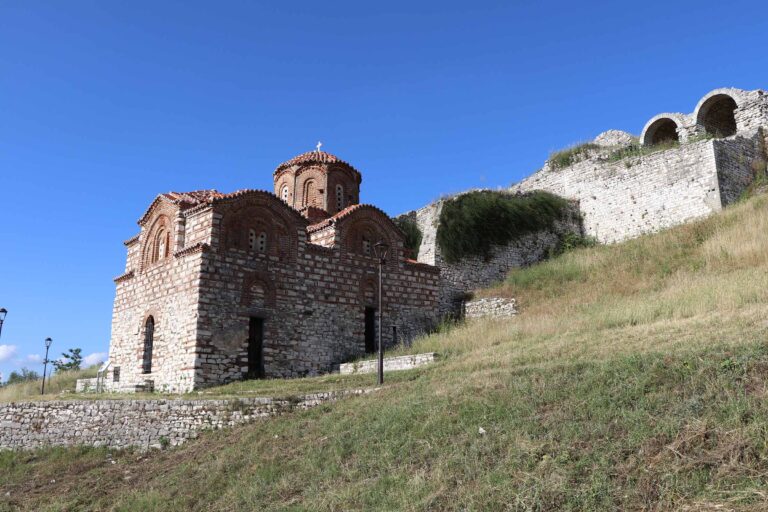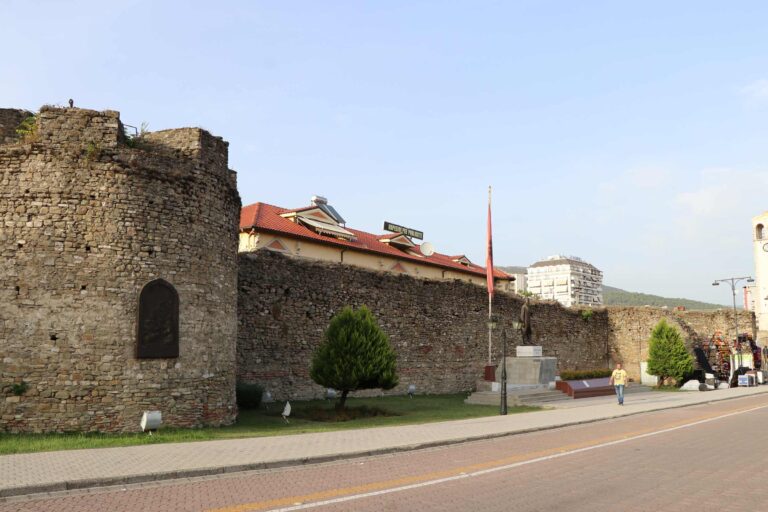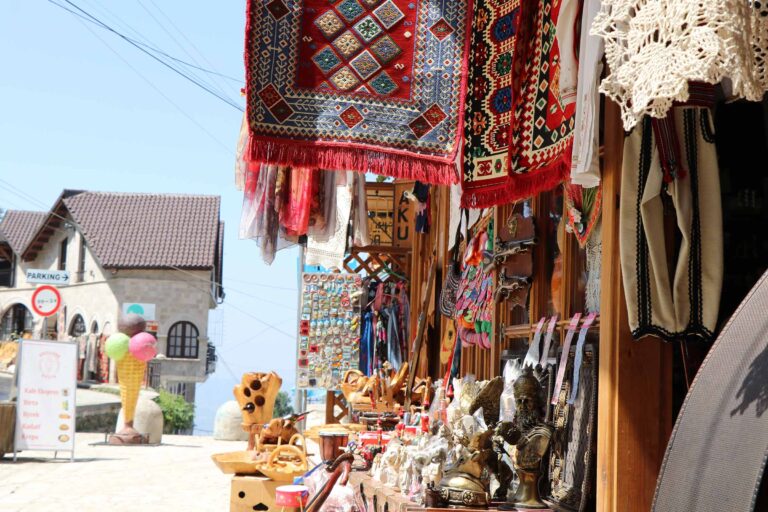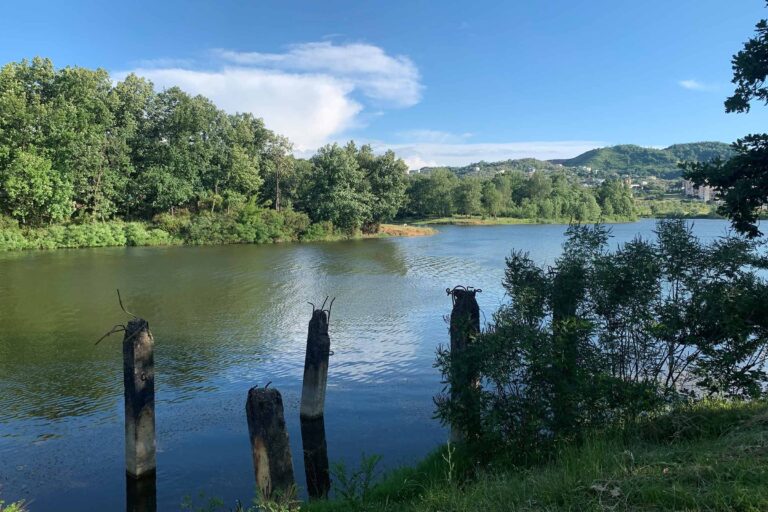Road to Apollonia. Visit of the archaeological site of Apollonia. Exceptionally preserved, it would have been built in the 6th century BC by the Greeks of Corfu and the Corinthians. Apollonia was an obligatory point of passage for travelers taking the Via Egnatia. The city took off in the 4th century, becoming an important place of trade and commerce that could accommodate up to 40,000 people. The site houses an archaeological museum, the Church of Saint Mary and its monastery.
Lunch in a traditional restaurant near the protected area of the Vjosë-Nartë delta.
The Vjosa-Narta Protected Area is one of the most important ecological ecosystems in Albania, the second most important wetland in Albania and home to important species of fauna and flora. Narta Lagoon is an emerald site and part of several ecological networks, located along the Adriatic flyway, which is home to more than 220 species of birds. Narta Lagoon is an important breeding and resting area for several bird species, including flamingos and Caspian terns. Visit of the lagoon and the medieval monastery of St Mary.
Founded in the 6th century BC. JC and known in antiquity as Aulona, Vlora or Vlorë was built in one of the most beautiful places in southern Albania. Its shores feature a unique mix of rocky and sandy beaches, and the magnificent views of the Karaburun Peninsula and the Sazan Islands stretch past the town. Visit of its historical center - Independence Square, where Ismail Qemali raised the national flag and proclaimed the independence of Albania on November 28, 1912. Unfortunately, two years later Italian troops invaded Albania
Then direction Orikum and free time.
Dinner in a traditional restaurant and overnight at the hotel.
